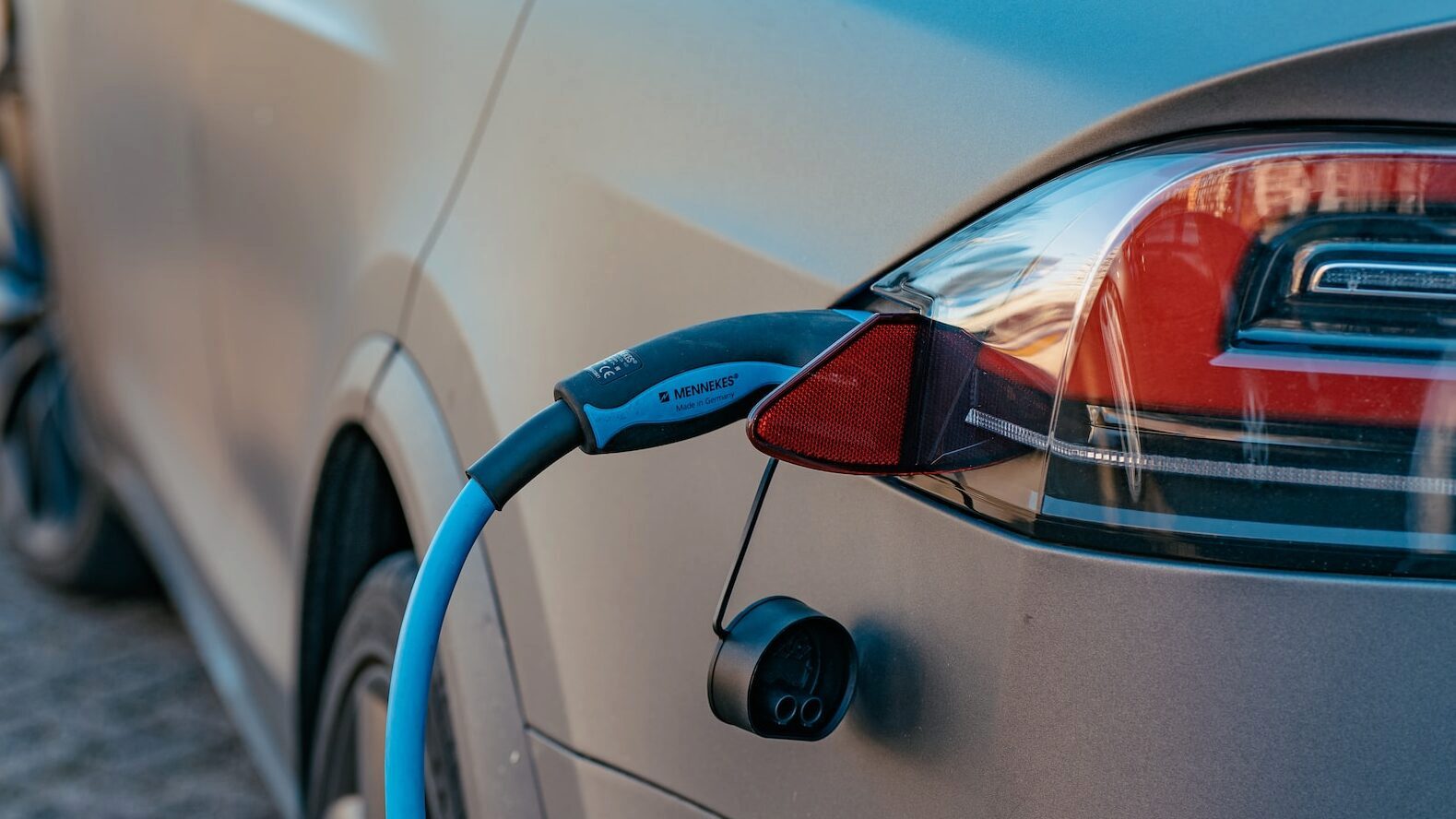Increased Pushback From Car Dealers Against Mandatory EV Sales

Table of Contents
Financial Concerns and Infrastructure Gaps
One of the primary reasons for dealer resistance is the significant financial investment required to adapt to selling and servicing EVs. Upfront costs are substantial, encompassing everything from upgrading facilities to accommodate EV charging infrastructure to training sales staff on the nuances of electric vehicle technology and battery systems. Dealerships face the added challenge of lower profit margins on EVs compared to traditional internal combustion engine (ICE) vehicles, further impacting their bottom line. This financial squeeze is exacerbated by a perceived lack of adequate government support for these necessary infrastructure upgrades and training programs.
- Lack of government support for infrastructure upgrades in dealerships: Many dealerships lack the financial resources to independently install the necessary charging infrastructure, particularly fast-chargers, which are crucial for attracting EV customers. Government grants and incentives are often insufficient or difficult to access.
- Uncertainty about consumer demand for EVs in specific regions: Investment in EV infrastructure is a risky undertaking when consumer demand remains uncertain in certain geographical areas. Dealerships need reassurance of sufficient local demand before making significant financial commitments.
- High cost of EV-specific training for sales staff: Training sales teams to effectively sell and explain the complexities of EVs, including battery technology, charging options, and government incentives, represents a considerable expense.
These financial constraints significantly impact dealership profitability, making the transition to EV sales a potentially unsustainable burden for many dealerships without robust government incentives and sufficient EV infrastructure. The lack of adequate EV sales margins compounds this problem.
Consumer Demand and Market Readiness
Another key argument against mandatory EV sales quotas centers on the assertion that current consumer demand doesn't yet justify the imposed targets. While EV adoption is growing, several factors continue to hinder widespread consumer acceptance. Range anxiety, limited charging infrastructure in many regions, and the generally higher purchase price of EVs compared to comparable ICE vehicles all contribute to consumer hesitancy.
- Geographic variations in consumer acceptance of EVs: Consumer demand for EVs varies significantly across different regions, depending on factors such as charging infrastructure availability, electricity prices, and government incentives.
- The need for greater public awareness campaigns promoting EV benefits: Many consumers remain unaware of the environmental and economic advantages of EVs, or are misinformed about their practicality. Comprehensive public awareness campaigns are crucial to increase consumer demand.
- Addressing consumer concerns regarding charging infrastructure and range: Addressing range anxiety through the expansion of the charging network and the development of vehicles with longer ranges is vital for boosting EV adoption rates.
Ultimately, insufficient consumer demand coupled with ongoing range anxiety and limitations in charging infrastructure present major obstacles to the rapid and widespread implementation of mandatory EV sales quotas. Furthermore, the EV purchase price remains a significant barrier for many potential buyers. Targeted consumer education is needed to address these concerns.
Challenges in Sales and Servicing EVs
Selling and servicing EVs present unique challenges for dealerships compared to ICE vehicles. The sales process requires a more in-depth understanding of charging infrastructure, battery technology, and government incentives. Servicing EVs necessitates specialized training and tools to handle high-voltage systems and complex battery maintenance.
- Lack of readily available specialized technicians: Finding and training qualified technicians to handle EV repairs and maintenance is a major hurdle for dealerships.
- Complexities in EV battery maintenance and repair: EV battery systems are complex and expensive to repair or replace, requiring specialized knowledge and equipment.
- Differences in diagnostic and repair equipment required: Dealerships need to invest in new diagnostic and repair equipment specifically designed for EVs, adding to their overall costs.
These factors highlight the need for substantial investment in dealership training and the development of a readily available pool of specialized technicians proficient in EV servicing and EV repair. The complexity of EV maintenance and the need for specialized EV diagnostics pose significant challenges to the smooth integration of EVs into the existing dealership model.
Government Policies and Regulatory Hurdles
Government regulations and mandates play a crucial role in shaping the dealer response. Many feel that the imposed EV mandates are unrealistic and lack sufficient flexibility to account for regional variations in consumer demand and infrastructure development. The risk of penalties for failing to meet quotas further exacerbates the pressure and creates a climate of uncertainty.
- Unrealistic sales targets imposed by government mandates: Quotas that don't consider market readiness or regional differences in consumer acceptance create unnecessary strain on dealerships.
- Lack of clear guidelines and support for dealer compliance: Ambiguous regulations and a lack of clear support mechanisms from governing bodies add to the difficulty of complying with mandates.
- Potential for legal challenges against mandatory EV sales quotas: The imposition of inflexible quotas can lead to legal challenges from dealerships feeling unfairly burdened.
These regulatory hurdles create a challenging environment for dealerships, particularly the imposition of inflexible sales quotas. A lack of clear government regulations and compliance support mechanisms only amplifies the problem. The potential for legal challenges underscores the need for a more collaborative approach.
Conclusion: Navigating the Increased Pushback Against Mandatory EV Sales
The resistance from car dealers to mandatory EV sales quotas stems from a complex interplay of financial concerns, logistical challenges, and regulatory hurdles. The high upfront costs of adapting to EV sales, coupled with lower profit margins and uncertain consumer demand, represent significant obstacles. Furthermore, the lack of readily available specialized technicians and the complexities of EV servicing add to the burden. A collaborative approach is needed, with governments providing adequate financial support, clear guidelines, and realistic targets to ensure a smooth transition to electric vehicles while addressing the legitimate concerns of car dealerships. Understanding the nuances of dealer resistance to EV mandates and the complexities of the EV transition challenges is crucial for finding effective solutions. We encourage you to learn more about the ongoing debate surrounding mandatory EV sales and the potential solutions for bridging the gap between governmental goals and dealer realities.

Featured Posts
-
 Sin Fritz Ni Gauff Cerundolo Llega A Cuartos De Final De Indian Wells
Apr 27, 2025
Sin Fritz Ni Gauff Cerundolo Llega A Cuartos De Final De Indian Wells
Apr 27, 2025 -
 Grand National 2025 A Complete Guide To The Runners At Aintree
Apr 27, 2025
Grand National 2025 A Complete Guide To The Runners At Aintree
Apr 27, 2025 -
 Anti Vaccine Activists Role In Hhs Review Of Debunked Autism Vaccine Claims
Apr 27, 2025
Anti Vaccine Activists Role In Hhs Review Of Debunked Autism Vaccine Claims
Apr 27, 2025 -
 Us Economic Growth To Slow Considerably Deloitte Forecast
Apr 27, 2025
Us Economic Growth To Slow Considerably Deloitte Forecast
Apr 27, 2025 -
 The Perfect Couple Season 2 Whos Joining The Cast Source Material Explored
Apr 27, 2025
The Perfect Couple Season 2 Whos Joining The Cast Source Material Explored
Apr 27, 2025
